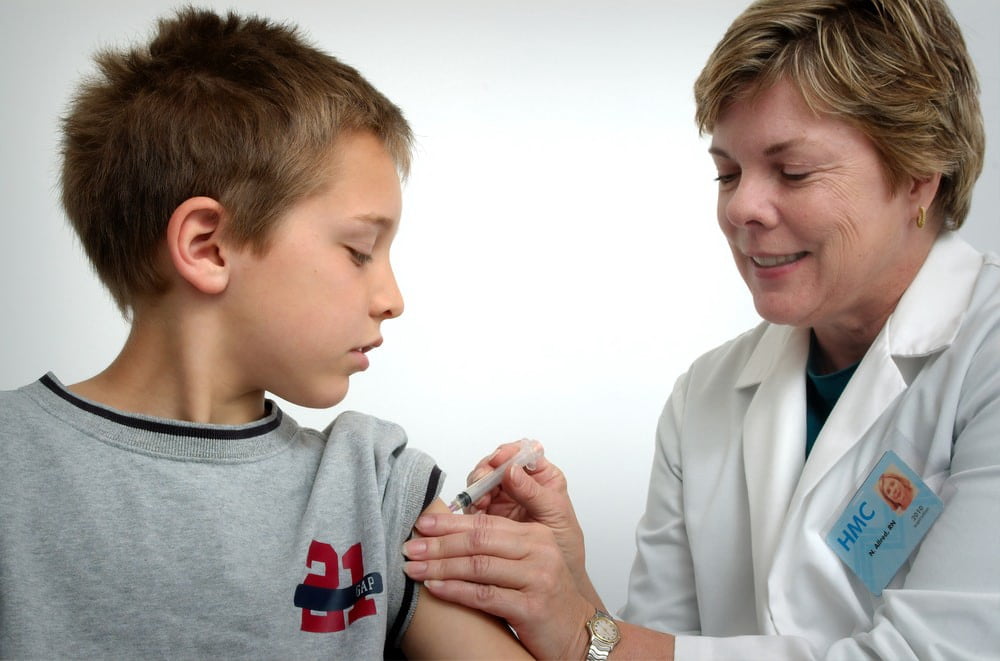Vaccines are a safe and highly effective way to protect people against disease. Tdap and DTaP are two of the most common vaccines for children and adults. They’re combination vaccines, which means they contain more than one vaccine in the same shot.
DTaP and Tdap contain vaccines against tetanus, diphtheria, and whooping cough(pertussis). The vaccine names come from the first letter of each disease it protects against. DTaP contains full doses of diphtheria, tetanus, and pertussis vaccines. Tdap contains a full dose of the tetanus vaccine and a lower dose of diphtheria and pertussis vaccines.
Tdap and DTaP both protect against three diseases:
- Tetanus causes painful tightening of muscles throughout the body and affects muscles that control breathing.
- Diphtheria can lead to breathing problems, heart failure, and death.
- Pertussis(whooping cough) is caused by the bacterium Bordetella pertussis. It causes severe coughing episodes that can lead to breathing difficulties, and it can be especially severe in babies and young children.
Both DTaP and Tdap protect against the same diseases but are used in different age groups. Babies and children under age seven will always get DTaP. You will need the Tdap vaccine if you’ve had DTaP as a child. Tdap is often used as a booster. Anyone over age seven who needs diphtheria, tetanus, and whooping cough vaccines gets Tdap. A person’s immunity against these diseases tends to decrease over time. This is why a booster shot is needed at least every ten years.
The recommended timeline for DTaP is at 2, 4, and 6 months, between 15 and 18 months and between 4 and 6 years. However, the recommended timeline for Tdap given as a booster is around 11 or 12 years or every ten years.
Tdap should be given between 27 and 36 weeks of every pregnancy. Even if a pregnant person has had a Tdap vaccine in the past ten years, it should be given again. Babies don’t get their first dose of DTaP until two months old. Pertussis can be very severe in newborns. Giving Tdap in pregnancy provides the newborn with some protection.

